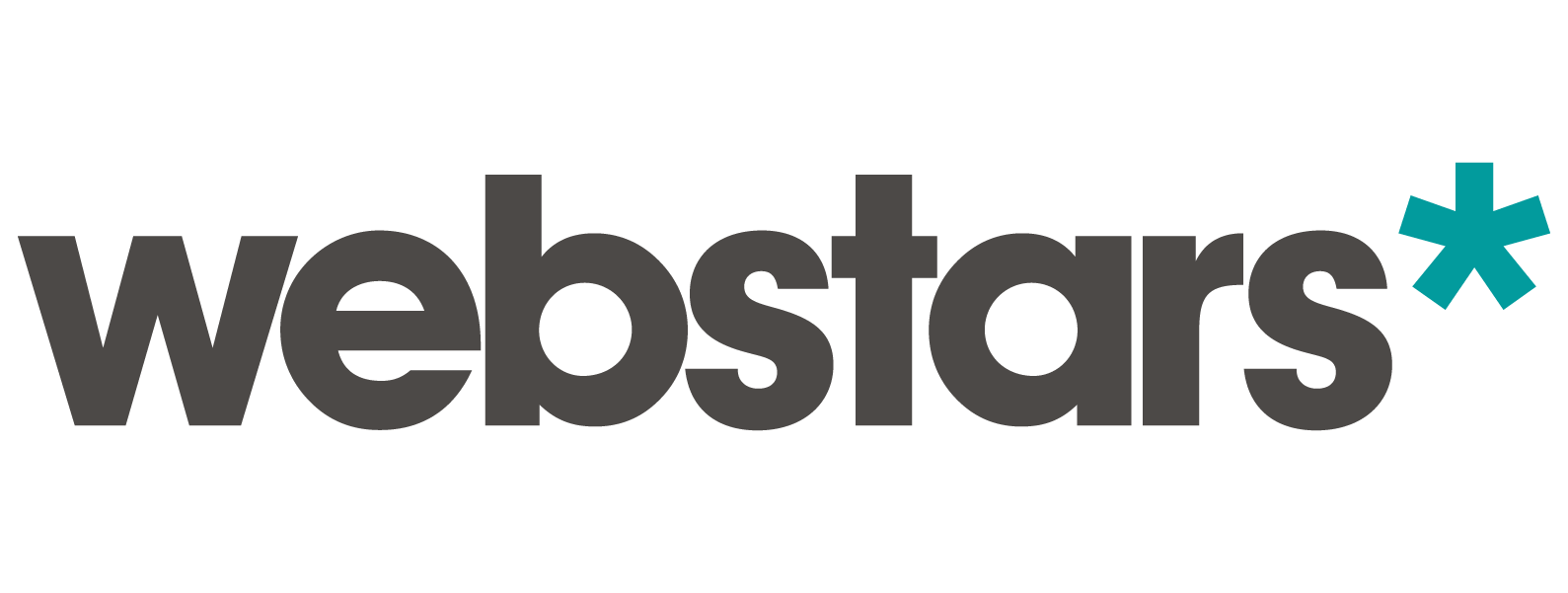The Power of (Data) Visualisation
Creating Effective Dashboards

Data is a double-edged sword for marketers.
On one hand, data-driven marketing strategy is the ideal, as opposed to relying on gut feelings or “this is how we’ve always done it” logic. On the other hand, the sheer volume of data available to marketers today, particularly when it’s coming from multiple channels and touchpoints, can be overwhelming to the point of analysis paralysis.
So how do you break down your piles of data into chunks that are more manageable - and most importantly, actionable? How do you bring together data from all of your touchpoints to create a cohesive view of your marketing strategy? And how do you communicate your marketing results in an engaging and accessible way?
What is data visualisation?
It may be that you’re completely comfortable analysing your data exclusively with spreadsheets - after all, there’s a reason that spreadsheets are a staple of data analysis toolboxes. But when dealing with large datasets from multiple sources, spreadsheets can quickly become a lot less helpful.
This is where data visualisation can transform your rows and columns of data into charts, graphs and maps that are more understandable and, ultimately, useful to your business.
It’s easy to dismiss data visualisation as a ‘nice to have’... but with the vital role that data plays in marketing strategy (and business strategy as a whole), making sense of your data and communicating your results effectively, data visualisation should be an area of business that’s invested in and integrated into the decision-making process.
How do you create data visualisations?
Creating a clear, effective and engaging data visualisation can seem like a daunting task, especially if you’re used to the above spreadsheet method. We’ve helpfully broken down our process into three stages: the approach, the technology, and the data visualisation.
Step 1: Choosing your approach
Before you start constructing your data visualisation, you’ll need to carefully consider your approach, or you risk creating a beautiful dashboard that is of use to absolutely no one. Ask yourself the following questions:
What question(s) am I trying to answer? A dashboard showing weekly progress of a PPC campaign will look very different from an end-of-year report on your marketing activities. With all the data at your fingertips it’s tempting to just throw everything into one dashboard, but it’s best to focus on just one or two questions, so you can then choose the data and visualisations to best answer them.
What is the most important information? This is another instance in which a wealth of data can actually obfuscate your results. It’s important to consider not just what your key metrics are - usually these will be your KPIs - but also what level of detail and granularity you should include.
Who will be using my dashboard? Clear communication can be a challenge for marketers, particularly if they’re communicating important information to their C-suite… such as the value of their marketing activities during that crucial budget-setting meeting. After all, while you may use terms like ‘CTR’ and ‘share of voice’ on a daily basis, your CFO may not even know what they mean or why they matter. Considering your dashboard’s audience should not only shape what information is displayed on the dashboard, but also how it’s displayed.
It may be that going through this list of questions, you’ve realised that one dashboard can’t fulfil all of your data reporting needs; this is why we often recommend creating multiple dashboards, such as marketing team vs. C-suite variations, or weekly campaign progress vs. campaign end dashboards.
Planning your approach to data visualisation will not only help you build dashboards that are more focussed and fit for purpose, but also save you time down the line because you’ll know exactly which pieces of information and visualisations to include.
Step 2: Selecting the right tech
Data visualisation tools have come a long way since the early days of marketing technology, ranging from Excel’s built-in data visualisation tools to Microsoft’s PowerBI. It’s tempting to just go for the shiniest or easiest solution… but we’ve always advocated for a carefully considered technology stack; there’s something out there for every company’s data visualisation needs in terms of cost, complexity, and features, so some research will be needed to ensure you’re not wasting your time using a tool that’s completely wrong for your data visualisation goals.
There are too many tools out there for a comprehensive review of every single one, but we can give you a few places to start depending on your needs and expectations.
For a super simple solution...
If you’re looking for something super simple - for example, you don’t have a huge amount of data to sift through, or you’re just dipping your toes into data visualisation and don’t want to spend a huge amount of time and money on a brand new tool - there’s absolutely nothing wrong with using your favourite spreadsheet tool’s built-in data visualisation features to create effective dashboards.
Many marketing platforms allow you to export your data as spreadsheets, meaning that you can create highly customised dashboards with data from multiple sources, all within the same platform. Most businesses are already using some kind of spreadsheet tool, so this solution is both cost-effective and resource-effective as you won’t have to spend too much time learning an entirely new platform.
 Source: Ugur Kadakal
Source: Ugur Kadakal
Of course, there are drawbacks to using spreadsheet tools for data visualisation purposes. If you need to update your data at all - for example, in a recurring weekly report - you may find yourself spending a good chunk of your time exporting data, especially if you’re using more than one source. Ensure that any ‘manual’ calculations are built into your spreadsheet and protected and try to minimise any manual data input. Otherwise you have a high risk of error in your final dashboard.
For spreadsheet tools, you can’t go wrong with Excel or Google Sheets.
For time-poor marketers...
Sometimes you want to create intricate, beautiful-looking reports, but you don’t have time to waste both in terms of exporting and importing data, and learning the ins and outs of a complex data visualisation tool. In these situations, we often recommend drag-and-drop dashboarding tools; all you have to do is connect your data sources, and then add widgets displaying the data you want, or even use the platforms’ template libraries to instantly build out reports.
The ease of use does away with the ‘grunt work’ of data visualisation, so you can focus on analysing the data and communicating your results. These platforms often have built-in connectors to third-party platforms such as Google Analytics, social media analytics, and more, meaning all you have to do is log into the channels you want to report on, and your data will not only be instantly displayed, but will also automatically update as time goes on. These tools also often use automation, so you can get reports sent straight to your inbox on a regular basis.
 Source: Oviond
Source: Oviond
Though there are a lot of benefits to drag-and-drop data visualisation tools, it’s also important to consider the drawbacks. Your ability to customise reports can be limited, particularly if you’re working with smaller or more niche marketing channels that may not be partnered with your platform of choice, meaning there is no built-in connector. It also means that if you’re doing more complex analysis, such as aggregating data from multiple channels, using a drag-and-drop solution could make this impossible.
There is a wealth of drag-and-drop platforms out there, all with their own unique features and integrations; however, we personally like Oviond and Whatagraph.
For marketers who want all the customisation options...
It may be that you want to create a great-looking report with filters, date range selectors, and commentary. Or you want to apply complex calculations to your data that aren’t available within your platform analytics. Or (like me) you just really enjoy creating reporting dashboards…
If that’s the case, then you might consider using a more advanced data visualisation tool. The wide range of customisation options, from data manipulation down to your dashboard’s colour scheme, makes them extremely versatile and well-suited for just about any kind of data visualisation need. Certain platforms, like Google’s Looker Studio, also come with an expansive list of third-party connectors that allow you to bring in data from just about any channel you can think of. And because these are tools built with data analysis in mind, you can also perform custom comparisons and calculations.
 Source: Analytics Log
Source: Analytics Log
While these platforms can be extremely powerful, they do have their downsides. The boundless customisation is definitely a benefit, but can become burdensome if you’re short on time or resources; there can absolutely be a steep learning curve particularly if you want to use more advanced features. There may also be hidden costs if you’re using many third-party connectors, which often come with subscription fees.
We are big fans of Google’s Looker Studio, but Microsoft’s Power BI is another great (if not a bit more expensive) tool.
Step 3: Visualising the data
So you’ve outlined your data visualisation strategy, and you’ve finally settled on the perfect dashboard tool to use. Now it’s time to get to the important bit - namely, actually visualising the data.
If you’ve done Step 1, then this part of the process shouldn’t pose too much of a challenge; however, it’s important to regularly check in and ensure that your dashboard is answering the right questions, and communicating your data clearly. Below are some tips and considerations to keep in mind as you’re building out your report:
Choosing your charts
The number one question you should ask yourself as you create your dashboard is: does this chart communicate my data in the clearest, most engaging way possible? It may be tempting to use the ‘fun’ charts and visualisations, but if they’re not the right fit for the data you’re displaying, consider using a more traditional visualisation like a good old fashioned bar graph.
Using visual cues
Dashboards are a visual medium, so it’s important to think about the visual cues at your disposal to communicate your data. These can include using larger fonts for more important information; using red and green to indicate negative and positive results; which of your charts are grouped together on the page; and so much more. Where appropriate you can also include imagery to make your dashboards that much more engaging.
Telling a story
If you’re working with large data sets, or data from a multitude of sources, trying to make sense of it all can be a challenge - and can ultimately be counterproductive when it comes to making informed business decisions. This is where storytelling comes in; while it may seem that data analytics and telling stories are worlds apart, creating a narrative thread using your data is not only more engaging for your dashboard’s audience, but will also help you understand your results and take the right next steps.
Keeping it simple
It’s easy to get carried away adding charts, labels, design elements… but it’s also important to avoid overwhelming your audience with a cluttered dashboard. Remember to keep it simple!
What now?
Data continues to be a hot button issue for marketers - whether we have too little of it, or too much to know what to do with. And as many marketing teams are starting to see tighter budgets, there’s also increased pressure to use that data to prove the impact of marketing activities to the C-suite. Data visualisation could be a powerful ally to your marketing team… if you take the time to make sure you’re getting it right.
It may be that you’re already an expert in effective data visualisation… but if you need guidance, whether it’s tech recommendations or how to best approach data visualisation, why not get in touch with us and see if we can help?
Account Based Marketing
Download our Complete Guide







